Ho Dynasty Citadel in the Western Capital space
Located about 50 km northwest of Thanh Hoa City is a massive, relatively intact stone citadel with an area of nearly 1 km2 in Vinh Long and Vinh Tien communes today. Built in 1397, after 600 years of existence with the history of the nation, Ho Dynasty Citadel is a product of creative genius, demonstrating the talented hands, intelligence, and extraordinary determination of the Vietnamese people.
In June 2011, the Ho Dynasty Citadel was recognized by UNESCO as a world cultural heritage for its integrity, authenticity and outstanding global values. The Ho Dynasty Citadel heritage is closely linked to the cultural space of Thanh Hoa, with the key area being Vinh Loc district, where there are up to 147 historical and cultural relics, scenic spots and many spiritual heritages that are still sustainably preserved in the local community. That is the Kim Son cave landscape in Vinh An commune, where Ngoc Long and Tien Dong caves preserve stalactites of various shapes, stimulating the idea of exploration. To the south is Mai Son mountain with many small bamboo species, the mountainside opens up to a lotus pond of several acres; to the east is Hang mountain, with deep lagoons at both ends, where visitors can take a boat cruise to enjoy the wild nature; next is the Dong Ho Cong-Chua Du Anh landscape in Vinh Ninh commune, a unique complex of caves and religious structures. To the west of the Ho Dynasty Citadel is Tay Giai village, which still preserves the ancient Vietnamese style and traditional cultural institutions. Outside the northern gate of the citadel is Cam Bao village, which once sheltered and protected Ngoc Trao guerrillas after the war zone was broken and the French colonialists called it “Red village”, repeatedly sending troops to surround and suppress them.
In addition to the historical and architectural relics nearby such as Dong Mon communal house, Giang pagoda, Trinh-Nghe Vet palace, Hoa Long pagoda, the Ho Dynasty Citadel heritage is also connected to a series of satellite relics associated with the Ho Dynasty. There are also Ly Cung of the Ho Dynasty, An Ton mountain and Nang cave, Tran Khat Chan temple, and Nam Giao altar, a religious work of the Ho Dynasty connected to the southern gate of the citadel by the green stone-paved Hoe Nhai road. This relic has been and is being archaeologically excavated to supplement scientific arguments for the Ho Dynasty Citadel heritage and to serve the restoration, embellishment and promotion of the heritage value.
Surveying the cultural space of the Western Capital, researchers also collected a treasure trove of spiritual cultural heritage that increases the value of heritage in mutual support. Many villages in this area still maintain Hat Boi, a unique form of theater in community life and activities.
Vinh Loc is also one of the centers of Ca Tru in Thanh Hoa province and the people of this area often call it Hat Ca Cong, Hat Cua Dinh. The investigation results show that around Ho Dynasty Citadel and the surrounding area, there are up to 36 villages of Ca Cong singing, linked with many famous Ca Cong singing localities in the province, even connecting to Lo Khe (Hanoi), Co Dam (Ha Tinh), Dong Mon (Thuy Nguyen-Hai Phong).
According to Dr. Hoang Minh Tuong: Hoe Nhai Street - the Royal Palace of the Ho Dynasty, once "resounded" with the sound of musical instruments, clappers, and the singing of the female singers, echoing over the citadel wall to the Royal Palace. Quang Hoang Market (Vinh Quang) was not only a commercial exchange point, but also a cultural-love market, a love market where Nga held a festival to choose a husband, marry Hai Moi, weaving the love story "The Story of Nga-Hai Moi" which was widely circulated in the Muong regions. For that reason, Muong Du (Thach Binh, Thach Thanh) married Cam Hoang (Cam Thuy), a vivid proof of the unique sustainable community cohesion in Thanh land. Vinh Quang also has a Cheo Chai performance with strong elements of royal culture and has been popularized. This land also has folk singing and dancing at Tam Tong communal house, releasing lanterns and carrying water in Bong Trung village (Vinh Hung), rowing and racing in villages along the Ma river, so that the flow of folk culture is always rich in poetic inspiration, passionate about labor: "The sweat-soaked folk song/for generations still pushes the moon to float with the boat".
Promoting the heritage value of Ho Dynasty Citadel
The Ho Dynasty Citadel, recognized as a world cultural heritage, is the pride of Thanh Hoa in particular and the whole country in general. However, along with preserving outstanding global values, how to promote the heritage value, practically improve and enhance the quality of people's lives is a big question.
Concerned about this issue, Chairman of Vinh Loc District People's Committee Le Quang Tuan confided: Building tourism planning must be based on taking Ho Dynasty Citadel as the focal point, connecting with satellite relics and scenic spots; restoring local specialties such as Phu Quang Lam tea, Bao ginseng (Vinh Hung), Don melon (Vinh Yen), Giang village white eggplant, rice paper, and Da But guava. Investment should be encouraged in building a system of tourism service institutions, organizing folk cultural activities; supporting the maintenance and improvement of the quality of activities of existing Cheo and Tuong clubs; maintaining and upgrading traditional festivals during the year; supporting people with cultivated land in the inner city area to transfer to the Ho Dynasty Citadel World Cultural Heritage Conservation Center for management to participate in tourism service activities.
Vice Chairman of Thanh Hoa Provincial People's Committee Vuong Van Viet added: After being recognized as a world cultural heritage, Thanh Hoa has increasingly promoted its role and responsibility in protecting and promoting the value of the heritage. The Government has agreed and the province is promoting the development of a master plan to preserve and promote the value of the Ho Dynasty Citadel heritage. Thanh Hoa has also developed a tourism development program until 2020 and at the same time implemented regulations on management and protection of the heritage according to Vietnamese law and international conventions; strictly prohibiting all activities of exploiting minerals and resources in this area and surrounding areas.
In particular, Thanh Hoa is promoting research activities, conducting archaeological excavations in the Nam Giao altar area, the South gate of Ho Dynasty Citadel, and the An Ton stone quarry area; paying attention to ensuring environmental sanitation, implementing measures to prevent water leakage and landslides, and having plans to prevent natural disasters affecting Ho Dynasty Citadel. The idea of turning the Imperial Citadel area into an archaeological park has been mentioned by many scientists, and Thanh Hoa is aiming to develop community tourism, promote economic and labor restructuring, and improve people's lives.
Regarding the immediate solutions, experts in the province said that it is necessary to have a plan to move households out of the area inside the citadel moat faster to request dredging, digging, and stone embankment of the four-sided east-west-south-north moat system as it is to expand the visiting space; support farmers to return the entire agricultural area in the inner citadel to the relic to conduct archaeological excavations to reveal ancient architectural works and collect artifacts still underground to serve research and tourism more effectively. Restoration and embellishment are long-term, persistent, and diligent tasks, requiring multidisciplinary knowledge and high professional qualifications, ensuring the restoration of both the body and soul of the relic.
Head of the Cultural Heritage Management Department Vien Dinh Luu emphasized: In addition to properly implementing the Law on Cultural Heritage, Thanh Hoa must also ensure its commitments to UNESCO. “The restoration and rehabilitation process needs to prioritize the restoration of collapsed stone wall sections, the restoration of some key construction items in the core area when there is solid research data from scientists; priority is given to preserving the original state using modern methods and techniques for archaeological relics in the inner city area. We must firmly maintain the viewpoint: no restoration is allowed in the inner city area; areas in the buffer zone and suburbs need to agree on the viewpoint of “adaptive conservation” to minimize the relocation of existing sustainable civil works”.
At the workshop "Solutions to promote the value of the world cultural heritage of Ho Dynasty Citadel" held recently, many opinions expressed the need to continue researching Ho Dynasty Citadel, approaching the cultural space of Tay Do to enrich the heritage value and increase tourism products.
Dr. Ha Van Sieu, Director of the Vietnam Institute for Tourism Development Research, said: Tourism is the best solution to preserve and promote heritage values. Tourism is both the driving force and the goal of conservation. Accordingly, it is necessary to encourage economic sectors to invest, form service complexes, support visitors to access heritage, connect heritage with satellite relics, restore craft villages, traditional festivals, games, and folk performances to enrich tourism products.
Paying attention to building a unique brand of products through linking to exploit the potential of the heritage complex in this area, some opinions noted the need to take advantage of local strengths to develop community tourism, creating an environment for people to enjoy, participate in, and create new cultural products or create conditions for tourists to "experience" when participating in material and spiritual activities with the people of the heritage area.
Sharing experiences in managing and promoting heritage values, representatives of the ancient city of Hoi An and the ancient capital of Hue emphasized the goal of preserving and protecting the legitimacy of heritage; promptly promulgating legal documents based on community concerns, building community regulations, establishing a legal basis to regulate behavior and self-awareness in heritage protection along with caring for community interests, strengthening inspection and handling of violators. It is necessary to establish a specialized management agency with real power, pay attention to increasing the duration, diversifying propaganda methods to raise awareness, aesthetic education for the community, expanding international cooperation to acquire knowledge, share experiences, and attract resources for preserving and promoting heritage values.
Deputy Director of Thanh Hoa Department of Culture, Sports and Tourism Doan Van Phu emphasized the efforts to connect heritage with national tourism key points, expanding links to build itineraries to ancient Vietnamese capitals in the North Central region. This is a unique cultural-historical tourism product, connecting regions, experiencing many spaces of the country from Hung Temple - Thang Long Imperial Citadel - Hoa Lu Ancient Capital - Ho Dynasty Citadel - Lam Kinh - Phuong Hoang Trung Do - Hue Citadel... and the final destination is the Emperor Citadel of Binh Dinh province. To do so, there must be synchronous investment in infrastructure; attention must be paid to training to improve the quality of human resources, especially the team of interpreters and tour guides with professional skills and qualifications to "breathe life into heritage".
To build unique tourism products, avoid duplication due to spontaneous development, each person doing their own thing; link promotion, promotion, and organization of events; strengthen cooperation between businesses in the travel, accommodation, entertainment, shopping, and large-scale project investment, have a spillover effect, and link with specific tourism strategies, and localities in the North Central region need to further raise awareness and responsibility in preserving and promoting the value of ancient capitals.
Source: https://nhandan.vn/thanh-nha-ho-huong-mo-thoi-hon-cho-di-san-post583347.html


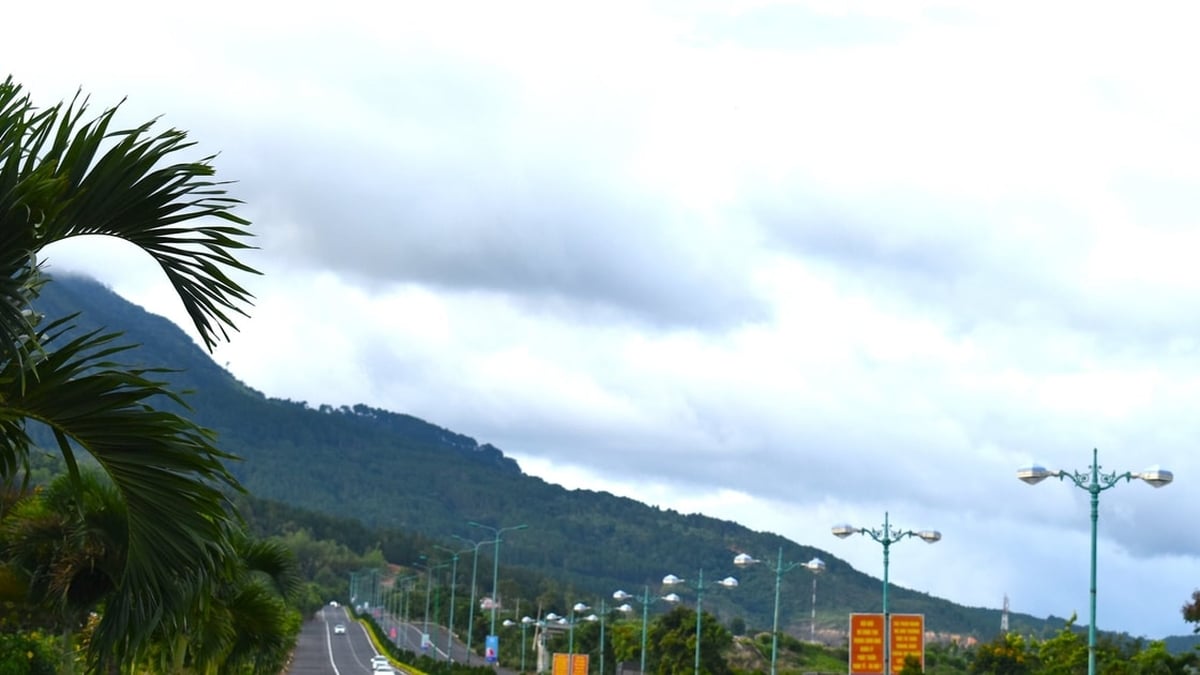
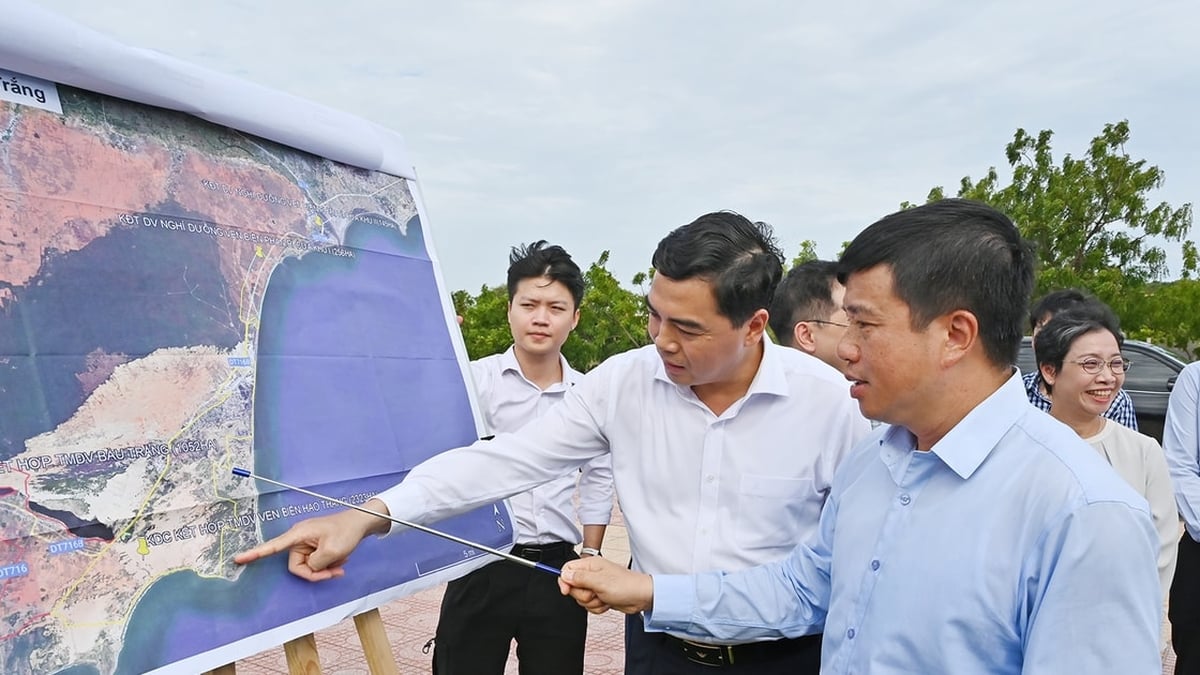
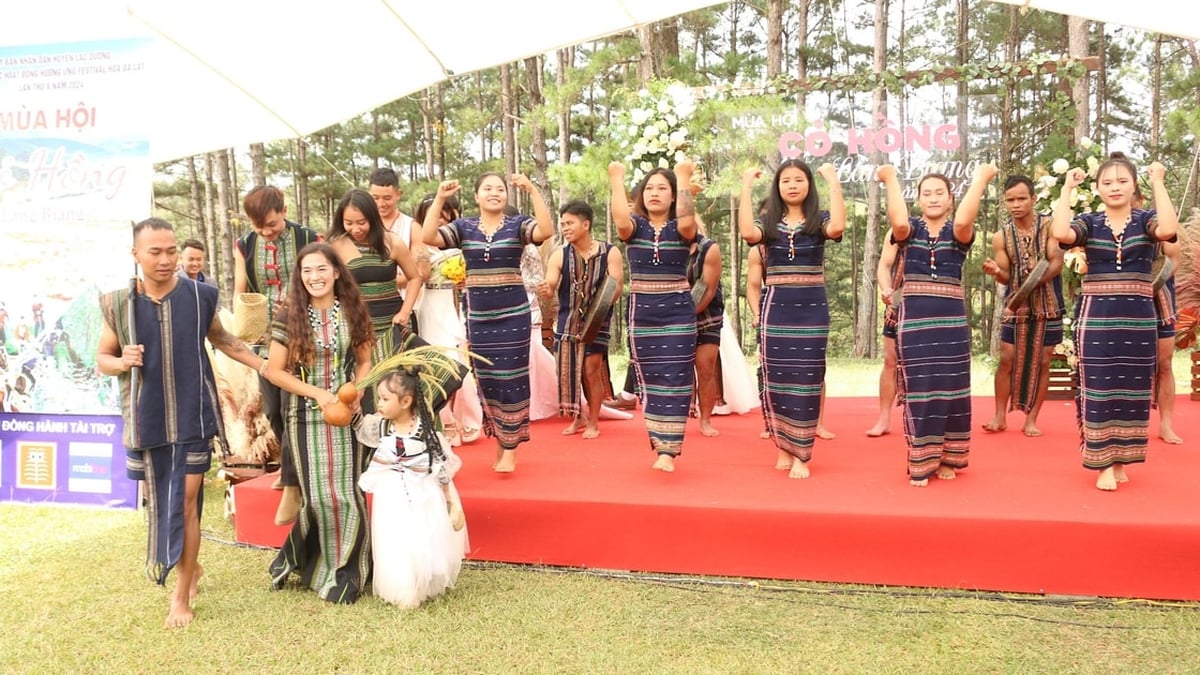
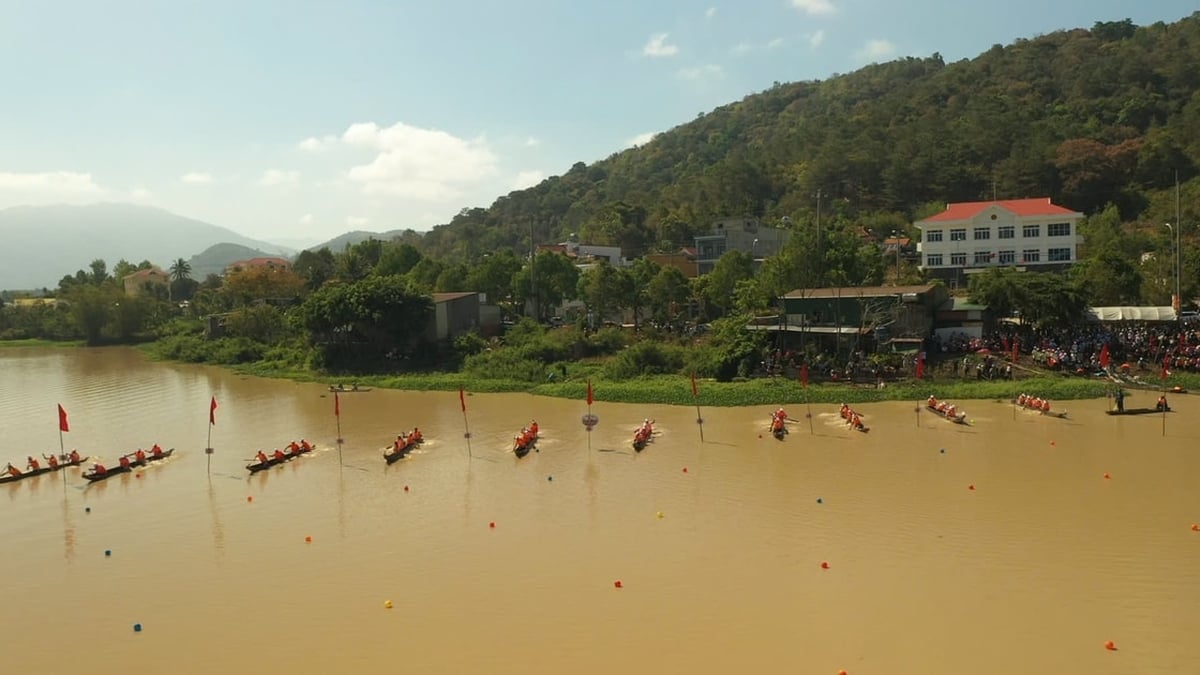

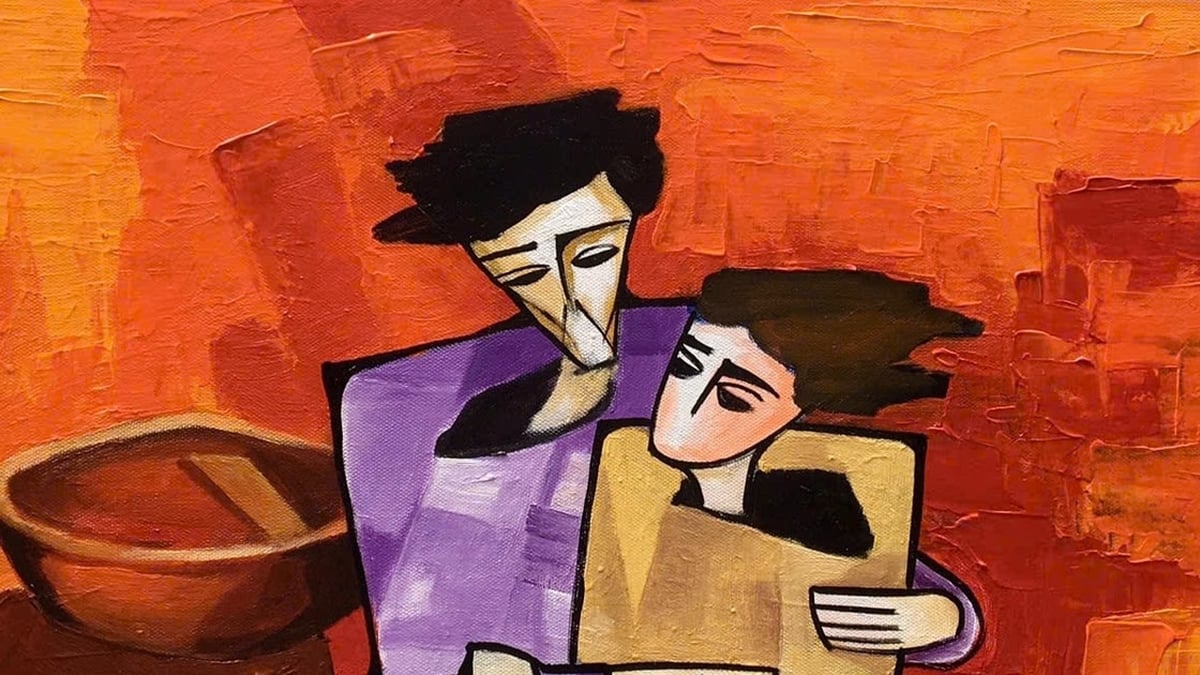
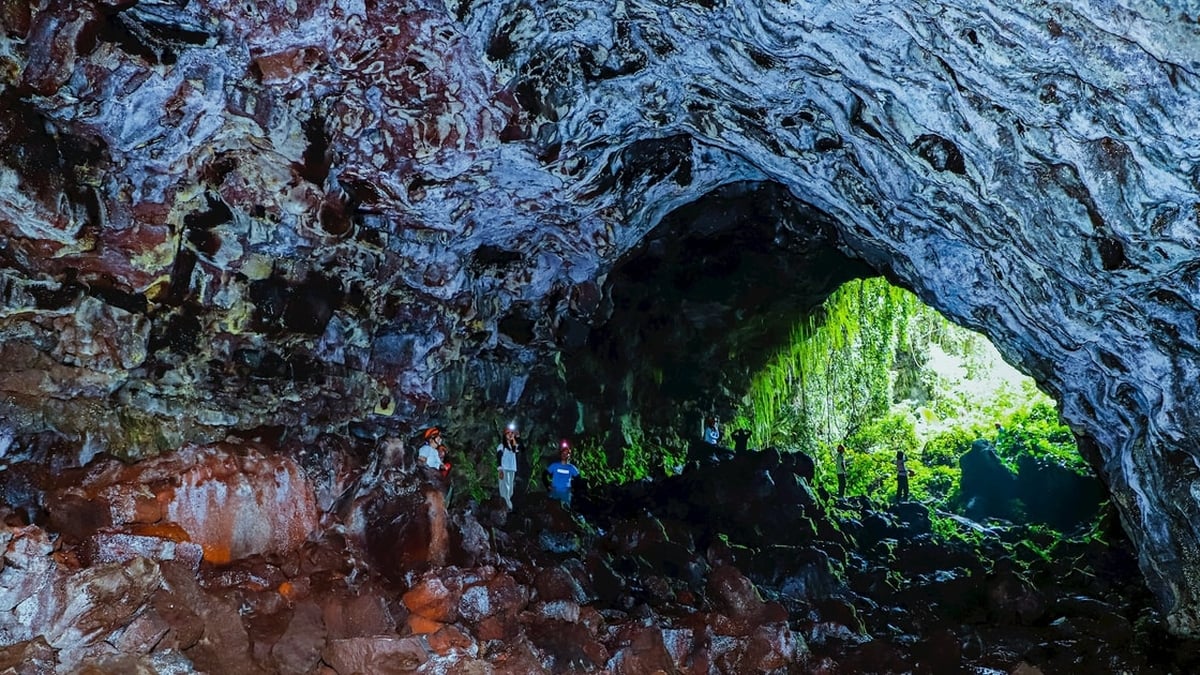
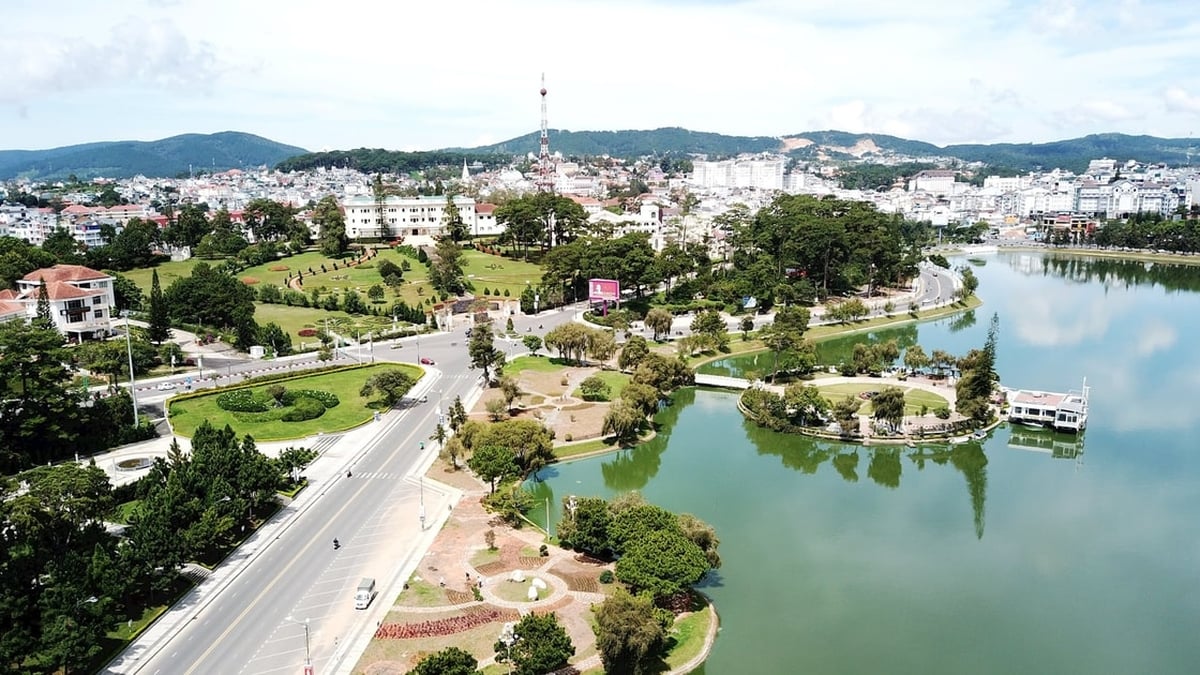
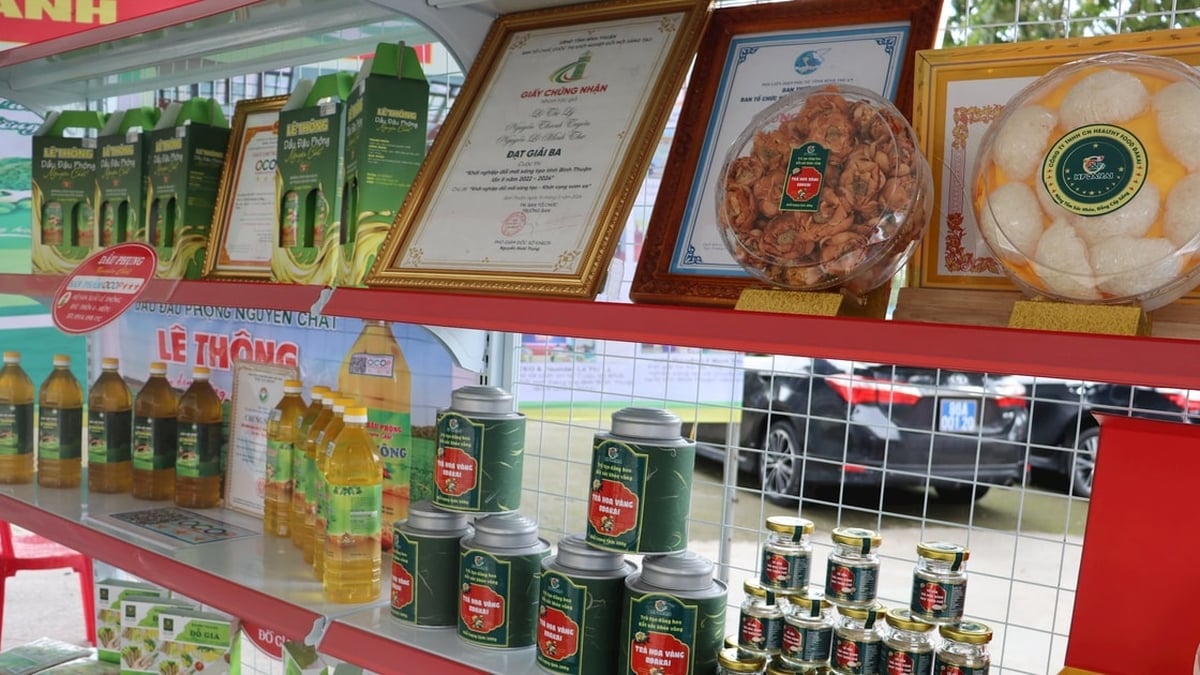
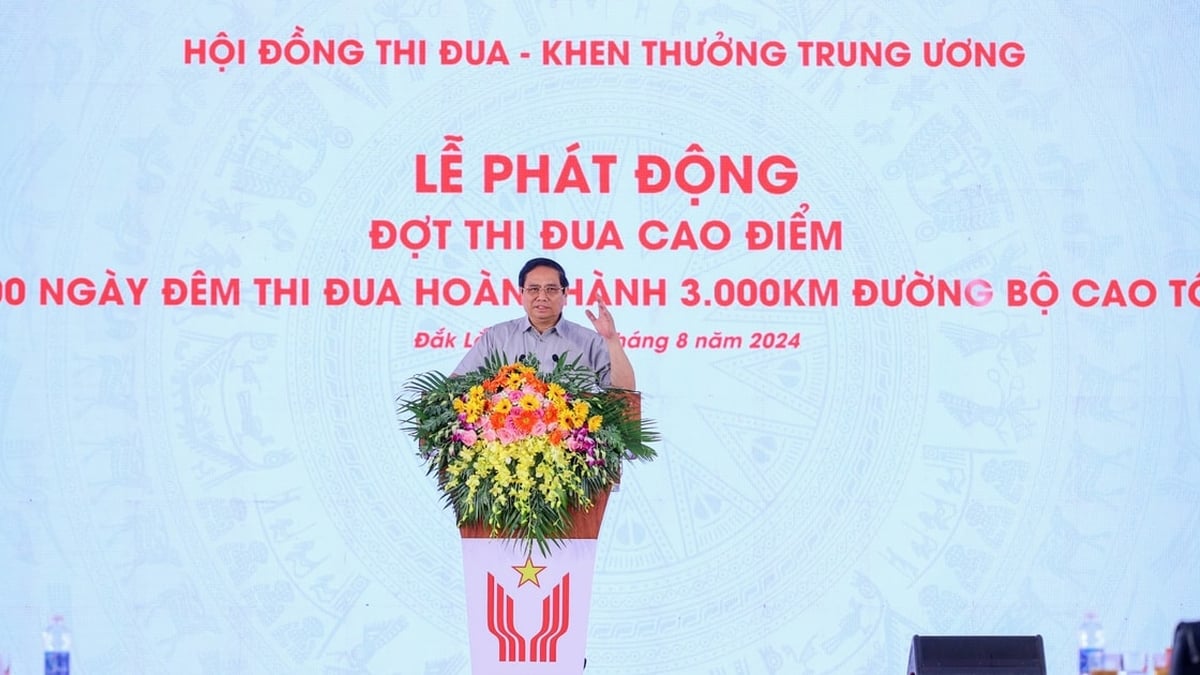






















































































Comment (0)